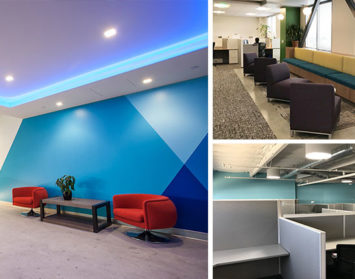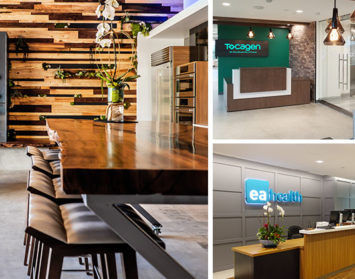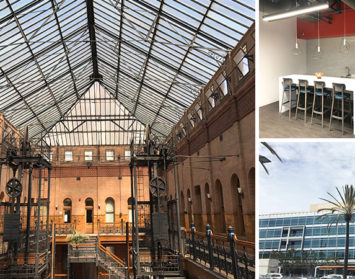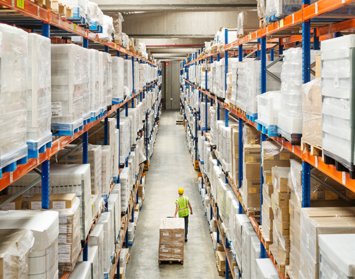Fifth in the Project Design Elements Series
There are several different options for fire suppression systems within critical areas of your business. We are all familiar with traditional fire sprinkler systems where pressurized water lines are discharged through sprinkler heads once the temperature has either broken or separated a fusible element within the head. In areas where water will cause irreparable damage to computer equipment, high temperature sprinkler heads may be added in order to delay the time it takes for a sprinkler to activate. This may allow additional time for the fire to be suppressed using other means. One other fire sprinkler option is a pre-action system which carries with it a reduced risk of accidental activation. This system is similar to a conventional fire sprinkler system, except that the sprinkler pipes are not pressurized until a fire detection device activates a valve which will then pressurize the system. From this point forward, the system acts the same as a traditional wet system. However, the addition of these controls to integrate the fire alarm and fire sprinkler system typically adds significant cost to the installation. In recent years, the increased prevalence of off-site or ‘cloud computing’ technology has, in some cases, decreased the amount of ‘critical’ IT systems found within server rooms which has led some companies to stick with more traditional water based fire suppression systems.
In situations where there is an increased potential for lost time and money as a result of equipment damage caused by a water based fire suppression system, Clean Agent fire suppression systems are the go-to solution. As the name suggests, Clean Agent systems are designed to minimize the damage to critical systems and allow for a faster recovery time after the system is discharged. Clean Agent systems also provide three dimensional fire suppression which penetrates more fully into a room to extinguish fires faster than traditional water based systems. The Clean Agent systems typically consist of triggering devices (smoke, heat or manual pull stations), piping, discharge nozzles, gas cylinders, as well as an Emergency Power Off (EPO) station which will shut down the electrical equipment in the event of an emergency. There are a variety of proprietary Clean Agent gases on the market such as ECARO-25TM, FM-200 TM and Inergen TM. Some of these gases require that rooms are fully sealed, including full-height partitions, door sweeps and sealed penetrations through walls. These systems also require that any ductwork in or out of the affected room be equipped with dampers that will close during the gas discharge. Argon and Carbon Dioxide are also used in these types of systems. These gases are better suited for areas which are not well ventilated, however they are not suitable for long term exposure to occupants due to a decrease in the oxygen concentration within the room when the gas is present.
Ultimately the functions of your business, space limitations, and project budget will determine which system is right for you. It is important to evaluate and make this selection early in the design phase of your project so that the proper design elements can be incorporated to minimize the risk of equipment loss as a result of a fire.
Steven Gorup is director of Hughes Marino, a global corporate real estate advisory firm that exclusively represents tenants and buyers. Contact Steven at 1-844-662-6635 or steven@hughesmarino.com to learn more.









